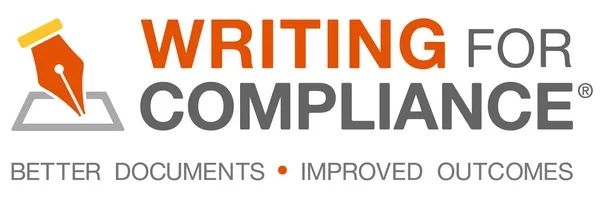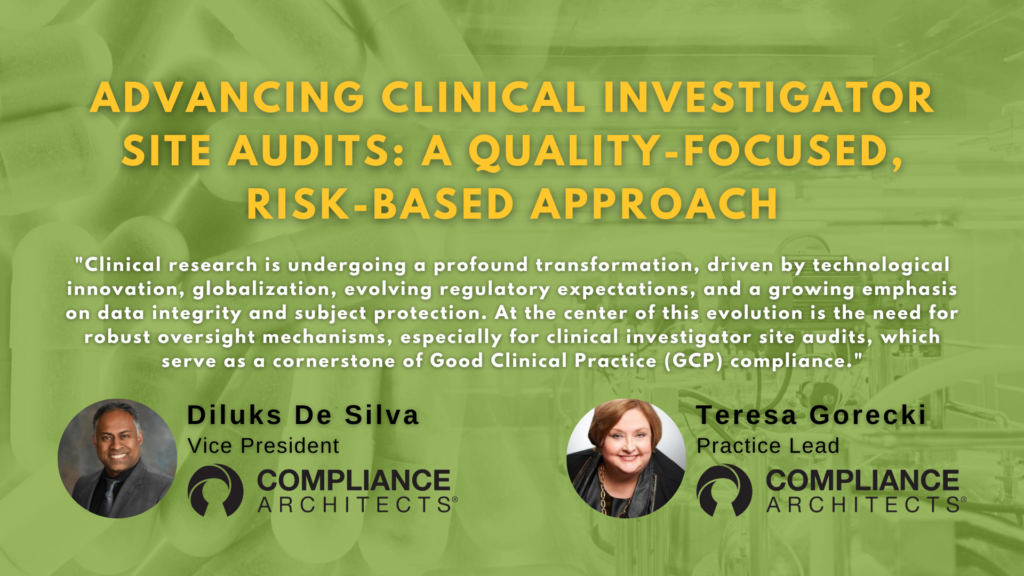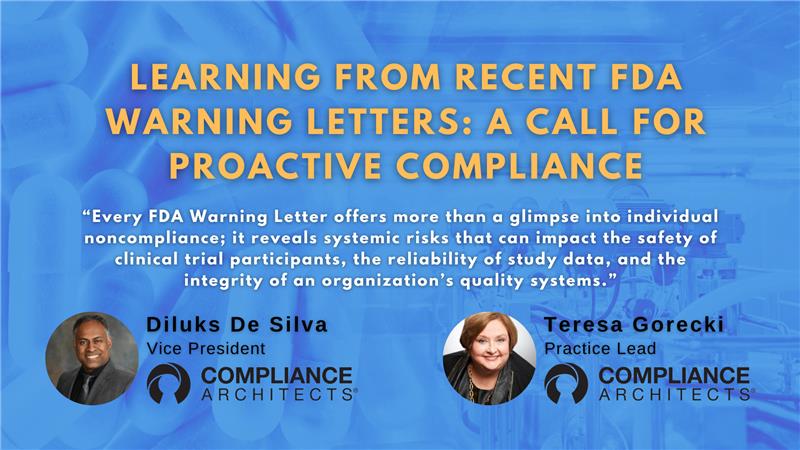Cannabidiol (CBD) is the latest “it” product. Companies across the US and internationally are eager to manufacture or incorporate CBD into various other products. Despite a Draft Guidance issued by the FDA on July 22, 2020 (85 FR 44305) entitled Cannabis and Cannabis-Derived Compounds: Quality Considerations for Clinical Research, a mountain of uncertainty still exists regarding how the US FDA and other regulatory agencies will regulate CBDs.
While “wait and see” may be the answer to many CBD-related questions, there is one area where manufacturers can get a jump on future regulations: Good Manufacturing Practices (GMPs).
Table of Contents

Preparing CBD Manufacturers for Future Compliance
Responsible companies seeking to enter this market must now prepare for regulations that the FDA and its sister agencies may apply to CBD products. Right now, there is a lot of confusion over what those regulations will ultimately address, with little expectation of a speedy resolution from the agencies. Despite California’s enactment of GMPs in January 2019, this regulatory framework may not turn out to align with the FDA’s approach to CBD or cannabis GMPs.
Reliance on California’s GMPs by companies outside of California could result in surprises when the FDA or other international regulators fully define their approach. Further, it appears that California took a one-size-fits-all approach to CBD, hemp oil, cannabis, and related products. There are distinct differences between the use-case positioning of these product classes, and it’s unlikely that all these product types will require the same GMP rigor.
Some FDA and industry experts speculate it could take three to five years for the FDA to develop a comprehensive approach. If you’re genuinely interested in tackling the CBD market, the worst thing you can do is wait three to five years for direction. The time to act is now!
The FDA’s official position is that it is examining the science of CBD products. In a memo on its website, updated in November 2019, the agency wrote that it “recognizes the significant public interest in cannabis and cannabis-derived compounds, particularly CBD. However, there are many unanswered questions about the science, safety, and quality of products containing CBD. The agency is working on answering these questions through ongoing efforts, including feedback from a recent FDA hearing and information and data gathering through a public docket.”
A “control framework” developed now helps speed up GMP compliance later.
Without clarity in the direction of GMP requirements or expectations, one area CBD manufacturers can begin to prepare is developing a GMP-focused “control framework.” Savvy companies will benefit by developing a framework of SOPs, risk management strategies, and QA/QC programs for their CBD products. If carefully and thoughtfully designed, future regulatory requirements will easily be grafted onto this developed, pre-existing control framework.
But there are many factors to consider, most of which will be unfamiliar to upstart CBD manufacturers. When using growers who are more attuned to agricultural regulations aimed at food products, companies will find a steep learning curve for their CBD suppliers to meet more pharma-like handling, storage, and transportation parameters, along with the rigorous GMP documentation requirements.
Companies interested in separating themselves from the bad actors in this emerging industry can succeed. The first steps are applying proven GMP concepts – supplier quality, risk assessment and mitigation, CAPA, quality control, product specifications, and testing methods, for instance – to their manufacturing processes. This needs to be done using a systemic approach, as a core principle of GMP is that foundational systems like training, procedures, specifications, and testing must be established and govern the manufacture of all marketed products.
Companies must remember that the regulated product class and the marketing/labeling claims of the end product dictate the extent of your company’s requirements. So, companies must start by determining exactly where their product will be used and work backward to determine what conditions must be met. That means that all specifications and quality standards for producing a theoretical new CBD product – or family of products – will be based on existing standards for the end-product regulated product class.
Another key concept is that of risk management. At their heart, GMP systems aim to prevent mitigating risks associated with manufacturing a product, whether a food, a supplement, or some other regulated product.
Verification and validation are closely related to risk concepts, essential components of any GMP system. All FDA-regulated products are subject to safety standards; in the case of medical products, efficacy requirements also apply. Any process-critical processes or procedures to ensure efficacy must be verified and validated. Companies eyeing CBD products must include well-defined and justified verification and validation activities for all critical manufacturing processes, including sourcing.
Soybeans aren’t CBD: Where Farm Meets Pharma
Companies must also remember that GMP – and risk management – concepts must apply at all product production stages, including in the pharma world; companies must verify the vendors that supply their raw materials, including active ingredients and equipment, and provide transportation and storage services.
It is important to remember that the product sponsor is always responsible, and GMP requirements are met at every production stage. Companies in the CBD market will need to meet the requirements of the standard procedures of hemp growers and wholesalers. The question is: are hemp growers and wholesalers – who may be skilled in agricultural/food regulations – up to the standards the FDA will eventually set for CBD? The answer is likely no.
Thus, guiding these growers/wholesalers into compliance – especially GMP compliance – with pharma/dietary supplement regulatory expectations may pose a significant challenge for CBD manufacturers. Manufacturers should be prepared to provide formal contractual expectations and training for everyone along the supply chain to ensure that misunderstandings about regulatory requirements do not create unexpected downstream risks.
Related processes to consider are transportation and storage. Both are core requirements of GMPs because environmental conditions – temperature, humidity, etc. – can significantly impact the raw materials’ characteristics and the end product’s safety or efficacy.
Many CBD manufacturers are asking themselves: do we need refrigerated trucks from field to warehouse? It’s a good question. The answer depends on the end-product use case, claims, and characterization.
Getting into the manufacturing and quality weeds
After obtaining the raw material, the next step involves extracting the CBD from the hemp. This may well be a differentiating aspect between CBD producers. Therefore, companies must carefully describe each process step, including extraction, separation and isolation, blending, purification, and formulation.
By creating SOPs for these steps that are sufficiently detailed, justified by science, and have verification and validation processes, companies will be well-positioned to adopt any GMP requirements the FDA or other regulators will eventually develop for these products. These steps should be based on pre-established quality attributes and include QA/QC procedures to guarantee reproducibility of all actions and consistency of the end product.
Another crucial part of a pre-GMP manufacturing control framework is quality control (QC) for product release to the market, including batch testing and handling out-of-specification (OOS) products. Companies must establish appropriate specifications for their CBD products, regardless of how they are classified.
Manufacturers must understand they cannot “test into quality.” The FDA expects accurate, reliable, timely batch testing methods and results. Laboratory practices are often a top focus of FDA inspections, and failures here can lead to costly regulatory fallout.
To avoid such problems, companies must advance and establish clear procedures for handling OOS test results, including measures to trace the problem to its origin and initiate corrective actions.
A solid corrective and preventive action (CAPA) program is another essential component of any GMP system. A good pre-GMP control framework will include robust CAPA requirements and procedures in the overall quality system. The FDA and other regulators look for well-designed CAPA systems that ensure any mistakes or quality problems are quickly investigated, root causes are determined and corrected, and a corrective and preventive action plan is established to ensure that the problem(s) do not recur.
And how will companies entering the CBD market manage and ensure the robustness of their GMP program? Establishing a dedicated quality unit is an essential first step. This department/function should include qualified personnel focusing solely on quality.
Experience and skills should be drawn from various technical domains, such as manufacturing quality, regulatory compliance, and CBD-specific technical knowledge. Giving out titles and designing a QA/QC team as a standalone activity is insufficient. In the interest of well-established control, the FDA’s guiding philosophy for GMPs is that quality must permeate a company’s culture. Training is an essential aspect of this culture.
A critical part of a fledgling CBD company’s success will be creating and adhering to well-thought-out, easily understandable (and valuable) SOPs. These should exist for all quality-related activities and manufacturing operations, from material sourcing through final packaging and release for sale. SOPs form the foundation for GMP compliance and should be considered the cornerstone of robust GMP activities.
Well-drafted SOPs will help meet multiple business objectives. They will support meeting future regulatory requirements and expectations and create efficient and reproducible business processes, resulting in consistent, cost-effective, and profitable production operations.
If it isn’t written down, it didn’t happen.
Documentation is THE cornerstone for all FDA-regulated activities. The FDA and other regulators expect companies to document all activities accurately, thoroughly, and promptly. Every aspect of manufacturing must be reported to satisfy regulatory agencies, a fact that is emphasized in virtually all GMP-related guidance.
Documentation starts with SOPs. As part of every SOP, companies must include how they will document the procedures followed, including identifying who has the authority to sign off on that documentation. Documentation of the requirements and activities outlined in SOPs is through what are called quality records. Quality records must be well designed, easy to complete, and serve as the record to establish what was done in the operation.
The rigor of documentation depends on the importance of the information; agency expectations determine the extent of training records, which may be somewhat less than product release documentation; therefore, the former’s specificity and document control requirements would be less rigorous than the latter. Understanding the risk associated with certain activities will help companies determine how much information to include in associated documentation and how tightly to control it concerning access, sign-off authority, version control, and other vital factors.
Elevate Your FDA Compliance Writing with Writing for Compliance®

Join us at Writing for Compliance®, a workshop designed exclusively for the FDA-regulated industry to improve writing skills and enhance regulatory inspection outcomes.
Proven Excellence
With a six-year track record serving FDA-regulated companies, Writing for Compliance® boasts impressive results:
- 95% found the workshop highly relevant to their roles.
- 94% would recommend it to their colleagues.
Key Program Areas
Our revamped program covers critical writing aspects for regulated industries:
- Discover the essential factors for success in FDA and regulatory inspections.
- Learn how to craft documents for regulators as the primary audience.
- Master the art of presenting data, statistics, and scientific information.
- Create documents that meet rigorous inspection standards.
Experience the synergy of compliance excellence and effective writing at Writing for Compliance®.
Click here to Elevate your compliance standards with Writing for Compliance® today!
Conclusions
Entrance into the booming CBD market is understandably tempting for any manufacturer. But unfortunately, you can’t just buy a certificate of FDA GMP approval. Nor can you take a class and then deem yourself a GMP complaint.
GMPs are not static or specifically designated “things” –things are a precise combination of regulation, expectation, art, science, and commitment. Fortunately, for companies that want to be good actors and are in it for the long haul, the development of a pre-GMP control framework will give them significant advantages:
- Competitive advantage – bad actors will eventually run into product quality (and FDA compliance) trouble without solid control frameworks;
- Certainty and predictability – preparation now will position manufacturers to quickly graft the eventual FDA requirements onto existing quality operations and be compliance-ready much faster and
- Financial success – investing in a control framework upfront will be less expensive than rushing to completion once FDA and other regulations are issued.
Are you looking for help with your CBD manufacturing? Reach out to us below.





